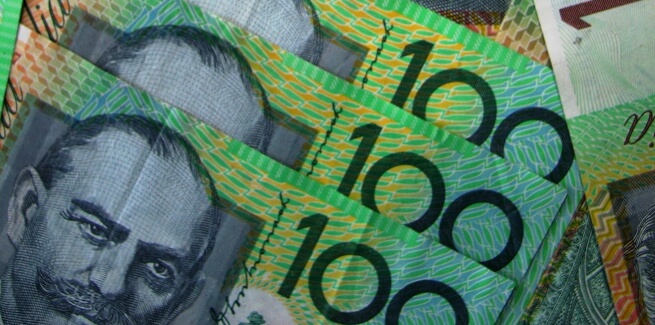Total household wealth increased by 4.3 per cent to $501.5 billion, representing the highest quarterly growth rate since the December 2009 quarter, the latest Australian National Accounts data from the Australian Bureau of Statistics (ABS) has revealed.
ABS head of finance and wealth Katherine Keenan said the increase was driven by rising residential property prices amid record-low interest rates, government support measures such as the HomeBuilder schemes and the First Home Loan Deposit Scheme (FHLDS) and other government incentives for first home buyers, and pent-up demand from buyers.
The data showed that residential assets contributed 2.2 percentage points to the quarterly growth in household wealth, followed by superannuation balances and directly held shares, at 1.4 percentage points and 0.5 percentage points, respectively.
Figures also revealed that through 2020, household wealth grew by 7.0 per cent, which was slightly below the long-term average of 7.3 per cent, while residential assets rose by 7.7 per cent ($528.3 billion) through the year, with property prices contributing 6.1 percentage points to the growth.
The housing debt-to-income ratio decreased from 139.2 to 139.0 over the quarter, as growth in income (1.2 per cent) was greater than housing debt (1.0 per cent), according to the ABS data.
The ABS added that the ratio has fallen for the past four quarters, and has recorded a 2.5 per cent fall through the year, which is the largest fall since 1990.
The ABS attributed the recent income growth to government income support packages implemented in response to the COVID-19 pandemic, including the JobKeeper scheme and the Coronavirus Supplement.
Meanwhile, households’ net lending position totalled $40.0 billion, driven by a $64.7 billion acquisition of assets and a $24.8 billion incurrence in liabilities.
These were further driven by a $22.8 billion increase in loan borrowings, $28.1 billion increase in deposits, and $19.7 billion increase in net equity in pension funds.
The ABS said that increased housing market activity increased the demand for new housing loans, particularly from owner-occupiers, while investor loans also grew for the first time since the 2018 December quarter.
Long-term borrowings totalled $21.7 billion over the December 2020 quarter, while short-term borrowings totalled $1.0 billion.
The ABS said that short-term borrowings increased as households used credit card debt for retail spending amid rising consumer confidence.
Commenting on the trends, the ABS said: “The increase in deposits reflects increased household saving due to ongoing government income support packages such as JobKeeper and economic support payments, although they were scaled back during the quarter.
“With economic conditions improving and interest rates at record lows, households increased their loan borrowings. Net equity in pension funds increased as less households withdrew funds under the early access to superannuation policy.”
Ms Keenan spoke about residential assets trends, and said: “The growth in residential assets was seen across both owner-occupier and investor housing in the December quarter.
“Owner-occupier housing loans grew 1.9 per cent, which was the strongest growth seen in four years, while investor housing loans grew 0.4 per cent, which was the first positive growth recorded in the past two years.”
[Related: Household wealth spikes ahead of COVID-19 drag]

